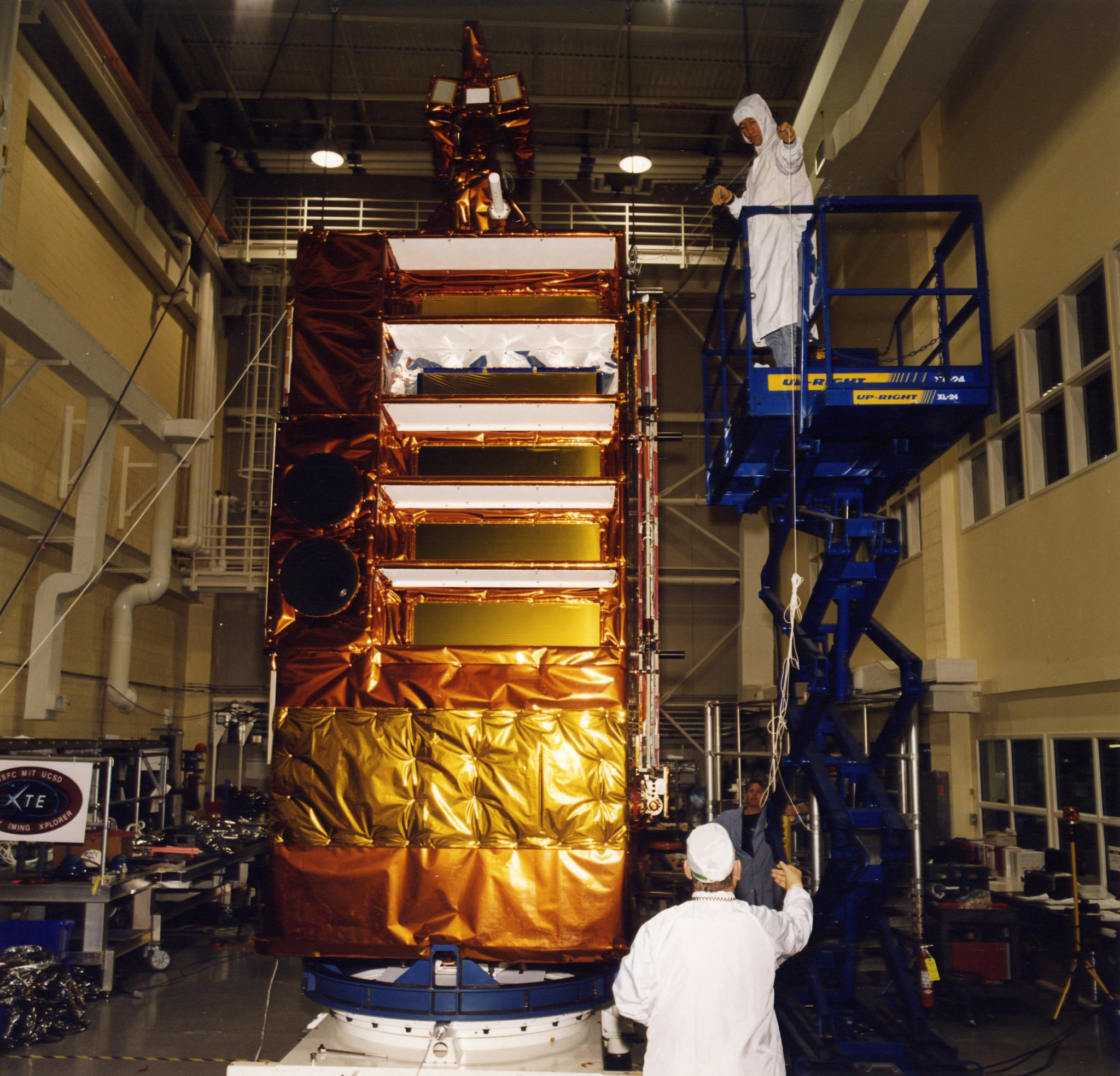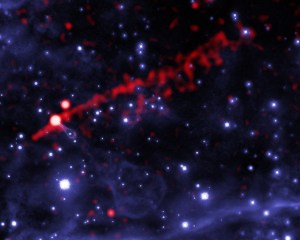Fragments of the Rossi X-ray Timing Explorer (RXTE) spacecraft, a NASA mission to observe the time variation of astronomical X-ray sources, are expected to fall to Earth on or about May 1. The mission was terminated and the spacecraft decommissioned on Jan. 12, 2012.
The U.S. Space Surveillance Network, operated by the Department of Defense U.S. Strategic Command’s Joint Space Operations Center (JSpOC), has been monitoring RTXE’s descent since the mission was determined to be close to re-entering in early January 2018. Most of the spacecraft will burn up in the atmosphere during its uncontrolled re-entry.
The JSpOC will issue periodic predictions of re-entry date and time. Although the exact location of the re-entry cannot be predicted, RXTE’s orbit only brings it over the tropics between 23 degrees north latitude and 23 degrees south latitude. Europe, Russia and most of North America and Japan are outside of the potential re-entry area.
Since the beginning of the space age in 1957, there has been no confirmed report of an injury resulting from re-entering orbital objects. Any sightings of expected RXTE debris should be reported to local authorities. Most of the pieces of RXTE expected to survive re-entry are made of titanium and are not toxic. Debris could have sharp edges and should not be touched or handled.
The NASA Orbital Debris Program Office estimates that 50 components of the RXTE spacecraft will survive re-entry. The chance that one of these pieces would strike someone is approximately 1 in 992, meaning if re-entry happened 992 times, we would expect that only one person on Earth would be harmed.
NASA, the U.S. government, and some foreign space agencies limit the risk from re-entering space objects to less than 1 in 10,000; RXTE was launched in 1995, prior to the establishment of this standard practice.
The value of the new type of X-ray data produced by RXTE is widely recognized by the scientific community and helped further our understanding of matter under extreme conditions — as it exists near neutron stars and black holes.
The RXTE dataset will continue to be used for research by the worldwide astronomical community for decades to come.
For more information on the RXTE mission, visit:
https://www.nasa.gov/centers/goddard/missions/rxte.html
For frequently asked questions about the RXTE re-entry, visit:
https://www.nasa.gov/feature/goddard/2018/nasa-frequently-asked-questions-rxte-spacecraft-re-entry
Contact: J.D. Harrington
NASA Office of Communications
NASA Headquarters, Washington, D.C.




























